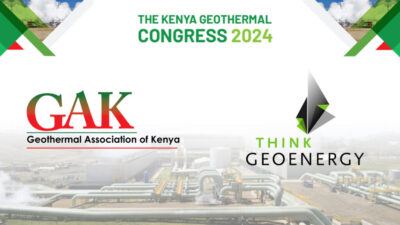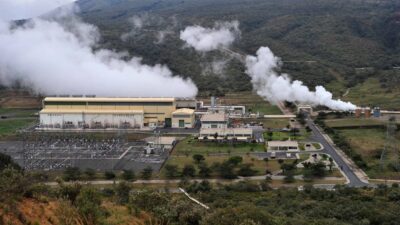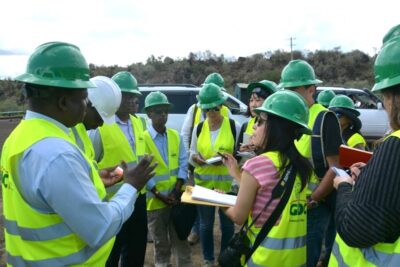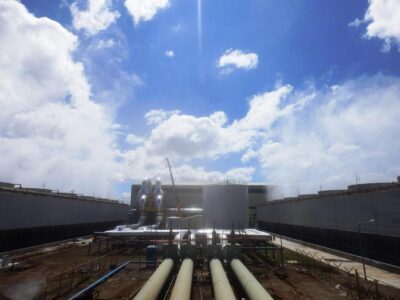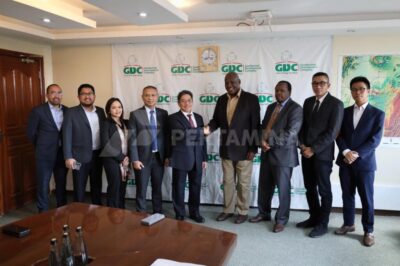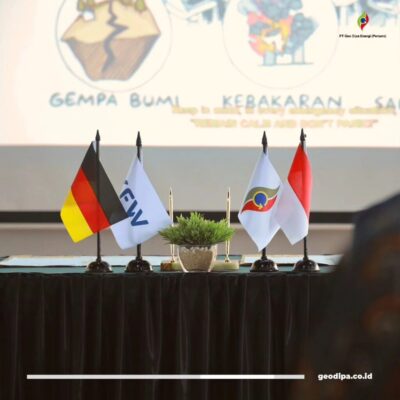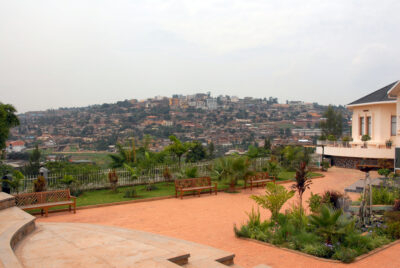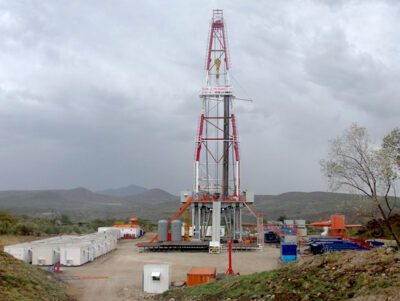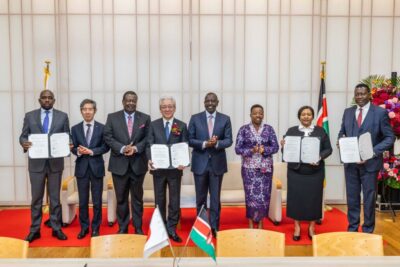Uganda to consider 450 MW geothermal energy potential for its power woes
Faced by power shortages, East African Uganda believes it can solve it by exploiting its estimated 450 MW of geothermal power energy power potential.
The East African country of Uganda, faces rampant power shortages and believes it can solve it by exploiting the estimated 450 MW of geothermal energy power potential of the country.
“Uganda has considerable potential for renewable energy from geothermal projects, especially in regions with volcanic activity,” Assistant Commissioner, department of Geological survey and mines, Godfrey Bahati told East African Business Week.
Bahati explained that the recent studies on the Uganda geothermal systems have focused on three geothermal prospects including Katwe, Buranga and Kibiro, all located in the tectonically active and recent volcanic belt in the Western Rift valley along the border of Uganda and the Democratic Republic of Congo. Currently, surface exploration is in its advanced phases.
“The three areas were chosen as priority areas because of their volcanic and tectonic features that are indicators of powerful heat sources and permeability,” said Bahati.
The commissioner revealed that the government has since 1993 injected in $ 2 million but there is still $35 million needed to complete surface exploration, exploration drilling and installation of a power plant.
“With so many projects that need to be worked on including other alternative sources of power, geothermal energy has been left in a shadow,” explained Bahati.
The current utilization is mainly for salt production at katwe and kibiro using geothermal water. Geothermal water is also used for bathing and treatment of diseases like Rheumatics.
“Once the project is completed as per the National Development Plan (NDP), it will push power to the national grid complementing Hydro electric power and other sources of energy,” Bahati complimented. “Geothermal heat can be used for drying agricultural produce and extraction of minerals like salt from Katwe and Kibiro using modern technology.”
Uganda would be far ahead in utilization of geothermal energy compared to Kenya. Bahati referred the delay to lack of expertise and funding given the many projects that need to be worked on.
“High initial investment costs and geological risks have been identified as the major problems hindering geothermal development,” he added.
However Kenya is more committed to harnessing geothermal energy given the expertise and funding because the country has no alternative source of power. The energy master enlightened that currently Kenya has an installed energy capacity of about 1300 MW and this makes it closer to affordable, reliable and clean energy.
Besides Uganda government commitment to fund the programme, Development Partners have drawn closer to support in fulfilling the project of geothermal exploration.
“The project is likely to benefit from the WB and KfW Risk Mitigation Fund (RMF) as insurance for drilling,” he said.
The WB RMF is a component of the African Rift Geothermal Development Facility (ARGeo) while the KfW RMF is from the Germany Government. The government has gone ahead to license two areas to the private sector including Cozumel Energy Limited in Katwe and Gids Consult in Bulanga.
Other geothermal areas are located on the outskirts and or close to the rift valley in South Western-Uganda and Northern Uganda Surface exploration in the three areas has reached advanced stages while in the other areas it is still at preliminary level.
Geothermal energy presents a high priority alternative to hydropower in the country.
“The subsurface temperatures of 160-200°C, 200°C, and above 200°C for the Katwe, Buranga and Kibiro prospects, respectively, have been inferred by geothermometry and mixing models,” Bahati noted.
He explained that the temperatures are suitable for electric power production and direct use in industry and agriculture. In order to use this geothermal energy efficiently, there is need for specific know-how to exploit this resource. “The development of wells is a high-risk and very expensive exploration venture, which needs the support of financial instruments,” remarked Bahati.”
Source: East African Business Week
